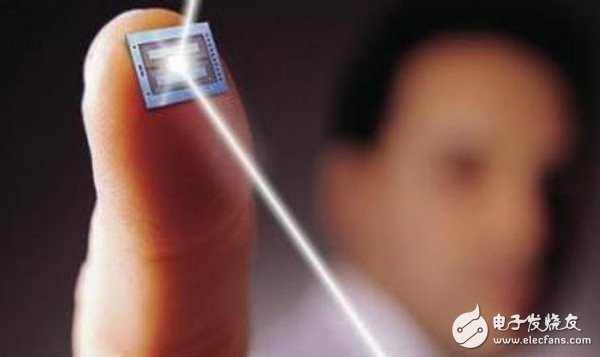A sensor is a device that converts a physical or chemical quantity into an electrical signal that is easy to utilize. The International Electrotechnical Committee (IEC) is defined as: "A sensor is a pre-component in a measurement system that converts an input variable into a signal that can be measured." According to Gopel et al.: "Sensors are sensitive components that include carrier and circuit connections," and "sensor systems are systems that combine some sort of information processing (analog or digital) capability." The sensor is an integral part of the sensing system and is the first pass for the input of the measured signal. 
A sensor converts some form of energy into another form of energy. There are two types: active and passive.
Active sensor
Active sensors can convert one form of energy directly into another without the need for an external source of energy or excitation.
Passive sensor
A passive sensor cannot directly convert an energy form, but it can control the energy or excitation energy input from another input, and the sensor undertakes the task of converting a particular characteristic of an object or process into a quantity. The "objects" may be solids, liquids or gases, and their state may be static or dynamic (ie, process). Object properties can be detected in a variety of ways after being quantized by conversion. The characteristics of an object can be either physical or chemical. According to its working principle, it converts the object characteristics or state parameters into measurable electrical quantities, then separates the electrical signals and sends them to the sensor system for evaluation or labeling.
According to the principle of the sensor, it is divided into two types: structural type and physical type.
Structural sensor
Structured sensors rely on changes in sensor structure parameters to achieve signal conversion. For example, capacitive sensors rely on changes in the distance between the plates to cause changes in capacitance; inductive sensors rely on the displacement of the armature to cause self-inductance or mutual inductance changes.
Physical sensor
The physical sensor relies on the change of the physical properties of the material of the sensitive component to realize the signal transformation. For example, a mercury thermometer is used to measure temperature by utilizing the thermal expansion and contraction phenomenon of mercury; a piezoelectric dynamometer is prepared by using a piezoelectric effect of a quartz crystal.
According to the energy conversion of the sensor, it is divided into energy control type and energy conversion type.
Energy controlled sensor
The energy control type sensor supplies auxiliary energy from the outside to operate, and is controlled to control changes in external supply energy. For example, in the resistance strain measurement, the strain gauge is connected to the bridge, and the working energy of the bridge is externally supplied, and the degree of imbalance of the bridge is controlled due to the change in the resistance of the strain gauge caused by the measured change. Such as inductive micrometers, capacitive vibrometers, etc. are of this type.
Another type of energy control type is the response of the measured object to the excitation signal, which reflects the nature or state of the object to be measured, for example, ultrasonic flaw detection, residual stress measurement by x-ray, strain measurement by laser speckle technique, and the like.
Energy conversion sensor
The energy conversion type sensor is operated by directly inputting energy from the object to be measured, for example, a thermocouple thermometer, an elastic pressure gauge, or the like. However, thousands of such sensors are the energy transfer between the object to be measured and the sensor, which inevitably leads to changes in the state of the measured object, resulting in measurement errors.
Push In Wiring Connector,Classic Splicing Connector,Fast Splicing Connector,Wire Splicing Connector
Wonke Electric CO.,Ltd. , https://www.wkdq-electric.com